Comments / Questions (6)
![]() Ruth Spicer wrote:
Ruth Spicer wrote:
Can this sweater be knitted with front and back separate? And can the cables be on the back as well as the front?
16.07.2025 - 23:14DROPS Design answered:
Hi Ruth, top front and top back are worked in rows. 5th row od A.2 will be worked on the right side (always), on the wrong side you purl where there is a cable. Happy knitting!
17.07.2025 - 09:28
![]() Ruth Spicer wrote:
Ruth Spicer wrote:
Can this sweater be knitted with front and back separate? And can the cables be on the back as well as the front?
16.07.2025 - 22:46DROPS Design answered:
Hi Ruth, the sweater is worked in the round on circular needle, from the bottom and up to armholes. Then divide the piece for front piece and back piece, and finish each part separately back and forth. Work sleeves bottom up, and work in the round on needle until armhole, then work sleeve back and forth. Cables are both on the back and the front. Happy knitting!
16.07.2025 - 23:02
![]() Peter Wattel wrote:
Peter Wattel wrote:
De afwerking van het achterpand van Tide Twist is mij niet duidelijk. Hoeveel steken hou ik over voor de hals? 9x6 (alleen tricotsteek)? De 4 steken tussen de tricot/kabel wel afhangen?
31.03.2025 - 13:22DROPS Design answered:
Dag Peter,
De schouders worden op het achterpand helemaal tot midden achter vast genaaid. Vervolgens naai je de dwarse stukjes van de schouder midden achter samen. Je houdt dus geen steken over midden achter.
02.04.2025 - 10:02
![]() Heather wrote:
Heather wrote:
Hi correcting typos from last post. the instructions say we need DROPS CIRCULAR NEEDLE SIZE 3 MM = US 2.5: Length 40 and 80 cm = 16" and 32". I cannot find a circular needle in 3 mm/US 2.5 anywhere. The smallest you (& many others) appear to sell is US 3.5. Can you please help? Thank you.
27.12.2024 - 23:43DROPS Design answered:
Dear Heather, please see our previous answer below. Happy knitting!
29.12.2024 - 22:29
![]() Heather wrote:
Heather wrote:
Hi the instructions say we need DROPS CIRCULAR NEEDLE SIZE 3 MM = US 2.5: Length 40 and 80 cm = 16" and 32". I cannot find a circular needle inn3 mm/US 2.5 anywhere. The smallest you (& many others) appear to see is us 3.5. Can you please help? Thank you.
27.12.2024 - 06:21DROPS Design answered:
Dear Heather, you can find here some of our needles: https://www.garnstudio.com/needle.php?t=1&id=3_5_5_9&cid=17; in this category the smallest needle is 3mm or US 2.5. Happy knitting!
29.12.2024 - 21:36
![]() Joelle Duchemin wrote:
Joelle Duchemin wrote:
You don't say when to change to size 4mm needles. I assume it is after working the 7cm of ribs?
20.10.2024 - 18:36DROPS Design answered:
Dear Joelle, that's correct, there is a typo in the pattern. You only use the smaller needles for the rib sections in the lower edge of the body, neck edge and sleeve cuffs. For the rest of the pattern you will use the 4mm needles. We will change it as soon as possible. Happy knitting!
20.10.2024 - 22:17
Tide Twist#tidetwistsweater |
||||||||||
 |
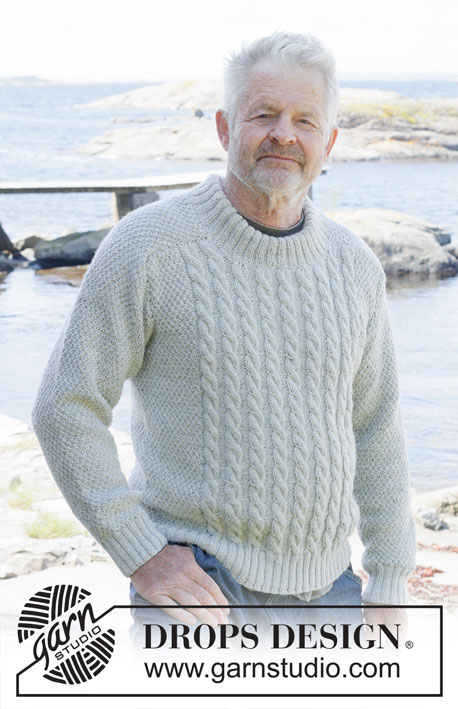 |
|||||||||
Knitted jumper for men in DROPS Karisma. Piece is knitted bottom up with saddle shoulders, cables, relief pattern and double neck edge. Size: S - XXXL
DROPS 251-1 |
||||||||||
|
---------------------------------------------------------- EXPLANATION FOR THE PATTERN: ---------------------------------------------------------- GARTER STITCH (when working back and forth): Knit on all rows, i.e. knit from right side and knit from wrong side. 1 ridge vertically = knit 2 rows. PATTERN: See diagrams A.1 and A.2. Diagrams show all rows in pattern seen from the right side. INCREASE TIP (applies to sides on body and mid under sleeve): Increase by making 1 yarn over on each side of stitch with marker. On next round work yarn overs twisted to avoid holes. Then work the increased stitches into A.1, adjust stitch with marker according to pattern. ---------------------------------------------------------- START PIECE HERE: ---------------------------------------------------------- JUMPER - SHORT OVERVIEW OF THE PIECE: In this pattern needles of different length have been used, begin with fitting length for number of stitches and switch as needed. Piece is worked in the round on circular needle, from the bottom and up to armholes. Then divide the piece for front piece and back piece, and finish each part separately back and forth. Work sleeves bottom up, and work in the round on needle until armhole, then work sleeve back and forth. Sew parts together. Finish by picking up stitches around the neck and work a neck edge in the round. If 0 stitches is given for the chosen size, it means that you skip the information until next information. BODY: Cast on 240-260-280-312-340-376 stitches on circular needle size 3 mm with DROPS Karisma. Work rib (= knit 2/purl 2) for 7-7-7-8-8-8 cm. Work 1 round in stocking stitch while AT THE SAME TIME decreasing 6-10-10-10-18-24 stitches evenly = 234-250-270-302-322-352 stitches. Insert 1st marker in the first stitch on round, and 2nd marker in the 118th-126th-136th-152nd-162nd-177th stitch = the sides on garment, so that the number of stitches it the same on front piece and back piece –markers should be used when increasing in the sides on body. Switch to circular needle size 4 mm. Now work PATTERN - see explanation above, work first round as follows: Work A.1 over the first 14-18-23-21-26-33 stitches, work A.2 9-9-9-11-11-11 times in total (= 90-90-90-110-110-110 stitches), work A.1 over the next 27-35-45-41-51-65 stitches, work A.2 9-9-9-11-11-11 times in total (= 90-90-90-110-110-110 stitches), and work A.1 over the last 13-17-22-20-25-32 stitches. Continue pattern like this, AT THE SAME TIME when piece measures 13-13-13-15-15-15 cm from cast-on edge, increase 1 stitch on each side of both stitches with marker in each side – read INCREASE TIP (= 4 stitches increased). Increase like this every 6-6-6-8-8-6 cm 5-5-5-4-4-5 times in total = 254-270-290-318-338-370 stitches. Work until piece measures 42-43-44-45-46-47 cm. DECREASE FOR ARMHOLES: On next round decrease for armholes - make sure to cast off on uneven rounds in A.2 so that the rows with cables is worked from right side. Continue pattern and work round as follows: Begin 5-5-6-6-7-8 stitches before 1st stitch with marker (= beginning of round), cast off the next 11-11-13-13-15-17 stitches on round for armhole, work 116-124-132-146-154-168 stitches (= front piece), cast off the next 11-11-13-13-15-17 stitches for armhole, work 116-124-132-146-154-168 stitches (= back piece). Turn piece and continue on back piece as explained below. BACK PIECE: = 116-124-132-146-154-168 stitches. Work first row from wrong side. Continue pattern back and forth as before while AT THE SAME TIME decreasing for armholes. At the beginning of every row cast off stitches for armholes. Cast off 1 stitch 2-3-4-4-5-9 times in each side = 112-118-124-138-144-150 stitches on needle. Continue back and forth with pattern as before. When piece measures 57-59-60-62-63-65 cm, cast off all stitches AT THE SAME TIME knit 2 together over the stitches in stocking stitch in cables (= 6 stitches in stocking stitch becomes 3 stitches in stocking stitch.) FRONT PIECE: = 116-124-132-146-154-168 stitches. Work first row from wrong side. Work as back piece until piece measures 54-56-57-59-60-62 cm = 112-118-124-138-144-150 stitches remain. On next row from right side decrease 15 stitches by knitting 2 together over the stitches in stocking stitch in the 5 middle cables (= 6 stitches in stocking stitch becomes 3 stitches in stocking stitch) = 97-103-109-123-129-135 stitches. When row has been worked, slip the middle 31-31-33-33-35-35 stitches on a thread for neck, and finish each shoulder separately. SHOULDER: = 33-36-38-45-47-50 stitches. Work first row with pattern as before from wrong side. On next row from neck cast off 1 stitch for neck = 32-35-37-44-46-49 stitches remain on each shoulder. When piece measures 57-59-60-62-63-65 cm from cast-on edge, cast off all stitches AT THE SAME TIME knit 2 together over the stitches in stocking stitch in cables (= 6 stitches in stocking stitch becomes 3 stitches in stocking stitch.) Work the other shoulder the same way. SLEEVES: Sleeve is worked in the round on needle, then finish sleeve cap and shoulder back and forth. Cast on 64-68-72-72-72-76 stitches on double pointed needles size 3 mm. Work rib (= knit 2/purl 2) in the round for 7-7-7-8-8-8 cm. On next round switch to double pointed needles size 4 mm and knit 1 round while AT THE SAME TIME decreasing 13-15-17-15-15-17 stitches evenly on row = 51-53-55-57-57-59 stitches. Insert 1 marker in 1st stitch at beginning of round (= mid under sleeve). Work A.1 in the round. When piece measures 15-13-10-15-11-9 cm from cast-on edge, increase 1 stitch on each side of stitch with marker - remember INCREASE TIP (= 2 stitches increased). Increase every 2-2-2-1½-1½-1½ cm until 17-18-20-21-24-25 increases have been done in total = 85-89-95-99-105-109 stitches. Work until sleeve measures 51-51-50-48-48-47 cm. SLEEVE CAP: On next round cast off 11-11-13-13-15-17 stitches mid under sleeve but to avoid cutting the yarn begin cast off 5-5-6-6-7-8 stitches before stitch with marker mid under sleeve, cast off and then work A.1 the rest of round as before = 74-78-82-86-90-92 stitches. Then work back and forth on needle while AT THE SAME TIME casting off for sleeve cap in each side, cast off at the beginning of row as follows: Cast off 2 stitches 7-9-9-10-10-10 times in each side, then 1 stitch 7-5-5-5-5-6 times in each side) = 21-23-23-25-25-26 stitches remain decreased in each side) = 32-32-36-36-40-40 stitches remain. Piece now measures approx. 61-61-60-59-59-58 cm. Insert 1 marker in piece here, now measure yoke shoulder this marker. Continue with pattern A.1 back and forth over the remaining stitches until piece measures 12-13½-14½-16½-17½-19 cm from marker. Finish the shoulder while at the same time decreasing for neck as explained below, decrease is opposite on right and left sleeve. RIGHT SHOULDER: Continue to cast off in the right side, at the beginning of every row from right side as follows: Cast off 16-16-18-18-20-20 stitches 1 time, 2 stitches 2 times, 1 stitch 1 time = 11-11-13-13-15-15 stitches. Work until shoulder measures 20-21½-23-25-26½-28 cm from marker. Cast off the remaining stitches. Sleeve measures approx. 81-83-83-84-86-86 cm in total. LEFT SHOULDER: Continue to cast off in the left side, at the beginning of every row from wrong side as follows: Cast off 16-16-18-18-20-20 stitches 1 time, 2 stitches 2 times, 1 stitch 1 time = 11-11-13-13-15-15 stitches. Work until shoulder measures 20-21½-23-25-26½-28 cm from marker. Cast off the remaining stitches. Sleeve measures approx. 81-83-83-84-86-86 cm in total. ASSEMBLY: Fasten sleeves to body. Begin by sewing sew sleeve cap to armholes, continue seam so that the shoulder is fastened along the top side of body. On front piece fasten shoulder up to where neck edge begins, on back piece fasten shoulder up to mid back. Then sew right and left shoulder together mid back - see chart for sleeve assembly mid back. NECK EDGE: Use circular needle / double pointed needles size 3 mm, pick up stitches around the neck from right side as follows: Begin mid back and pick up approx. 108-108-116-116-124-124 stitches, including the 31-31-33-33-35-35 stitches on thread – number of stitches must be divisible by 4. Purl 1 round and knit 1 round. Work rib (= knit 2/purl 2) in the round for 9-9-9-10-10-10 cm. Cast off somewhat loosely and fold neck edge double towards the wrong side and fasten with a couple of stitches. |
||||||||||
Diagram explanations |
||||||||||
|
||||||||||
 |
||||||||||
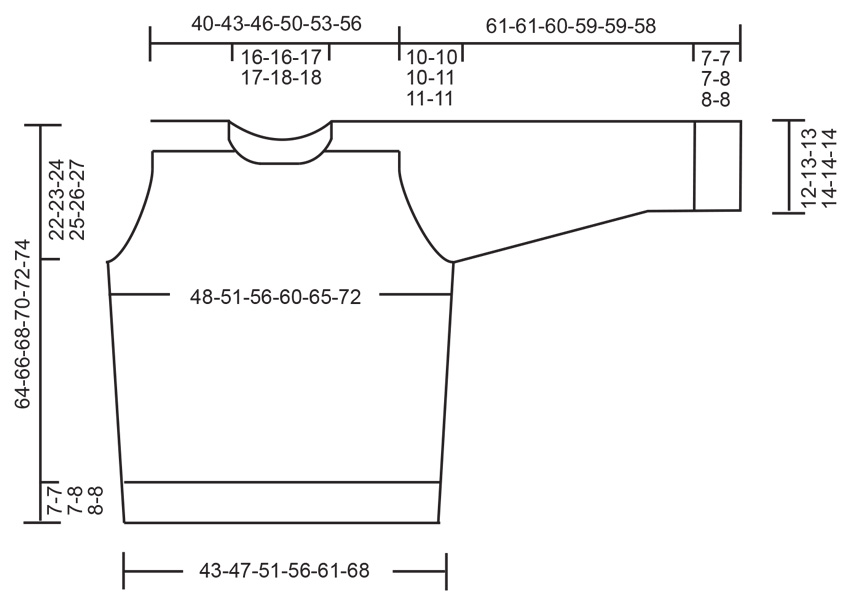 |
||||||||||
 |
||||||||||
Have you finished this pattern?Tag your pictures with #dropspattern #tidetwistsweater or submit them to the #dropsfan gallery. Do you need help with this pattern?You'll find 27 tutorial videos, a Comments/Questions area and more by visiting the pattern on garnstudio.com. © 1982-2025 DROPS Design A/S. We reserve all rights. This document, including all its sub-sections, has copyrights. Read more about what you can do with our patterns at the bottom of each pattern on our site. |
||||||||||







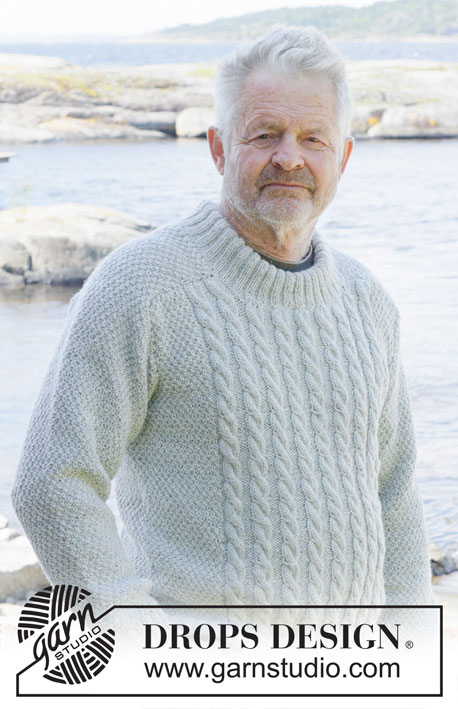

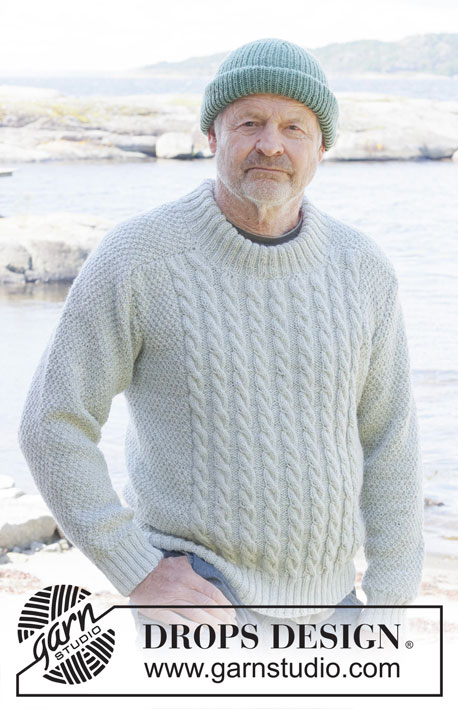

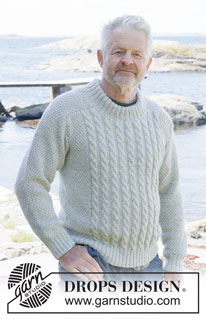
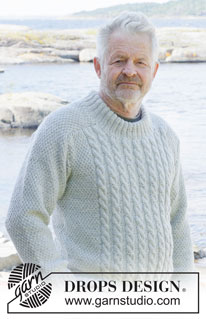
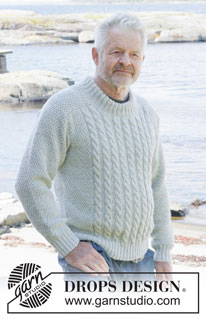
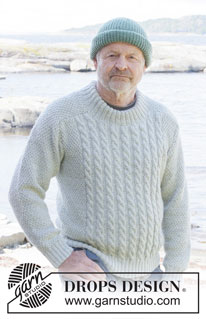

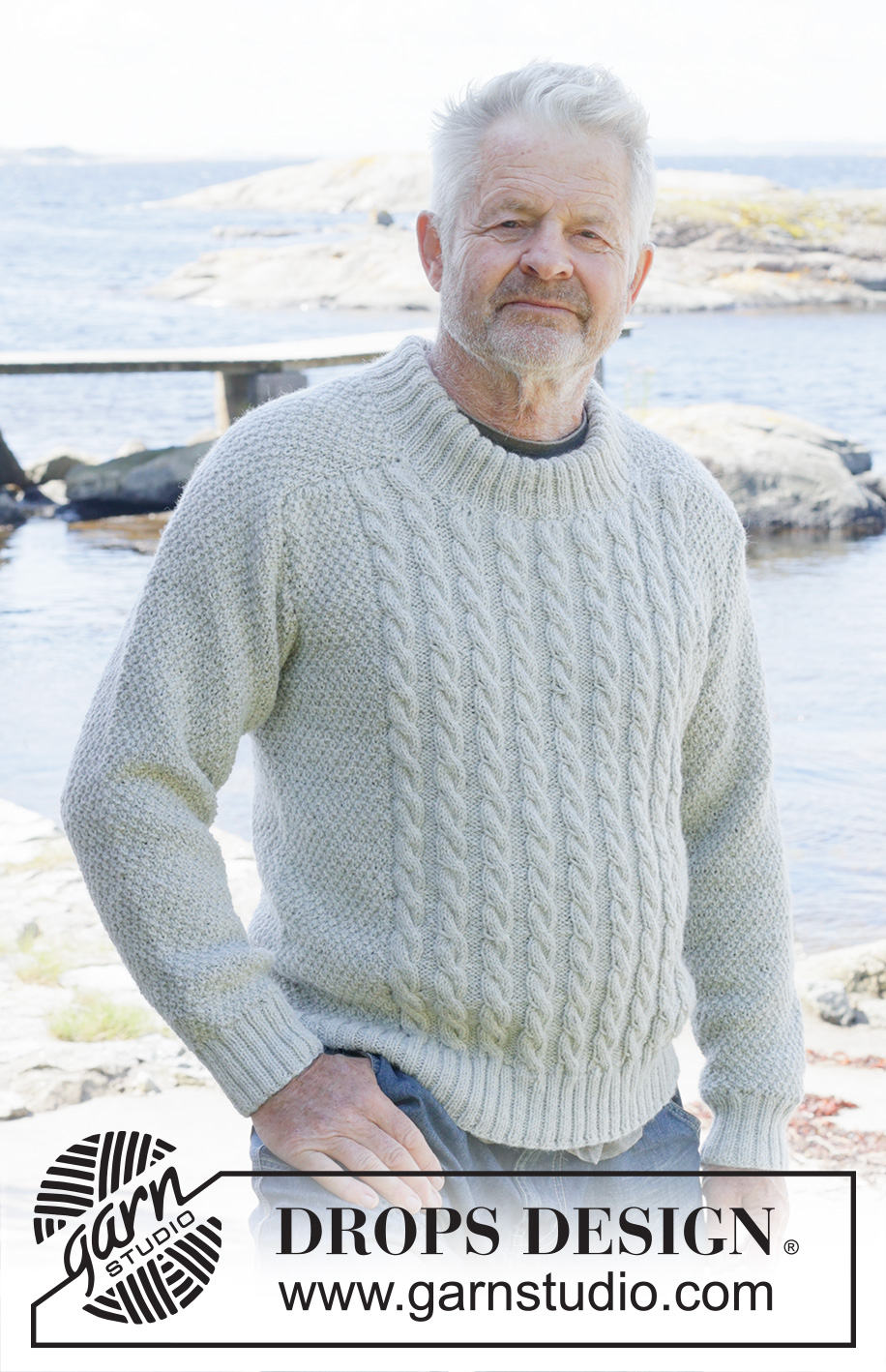
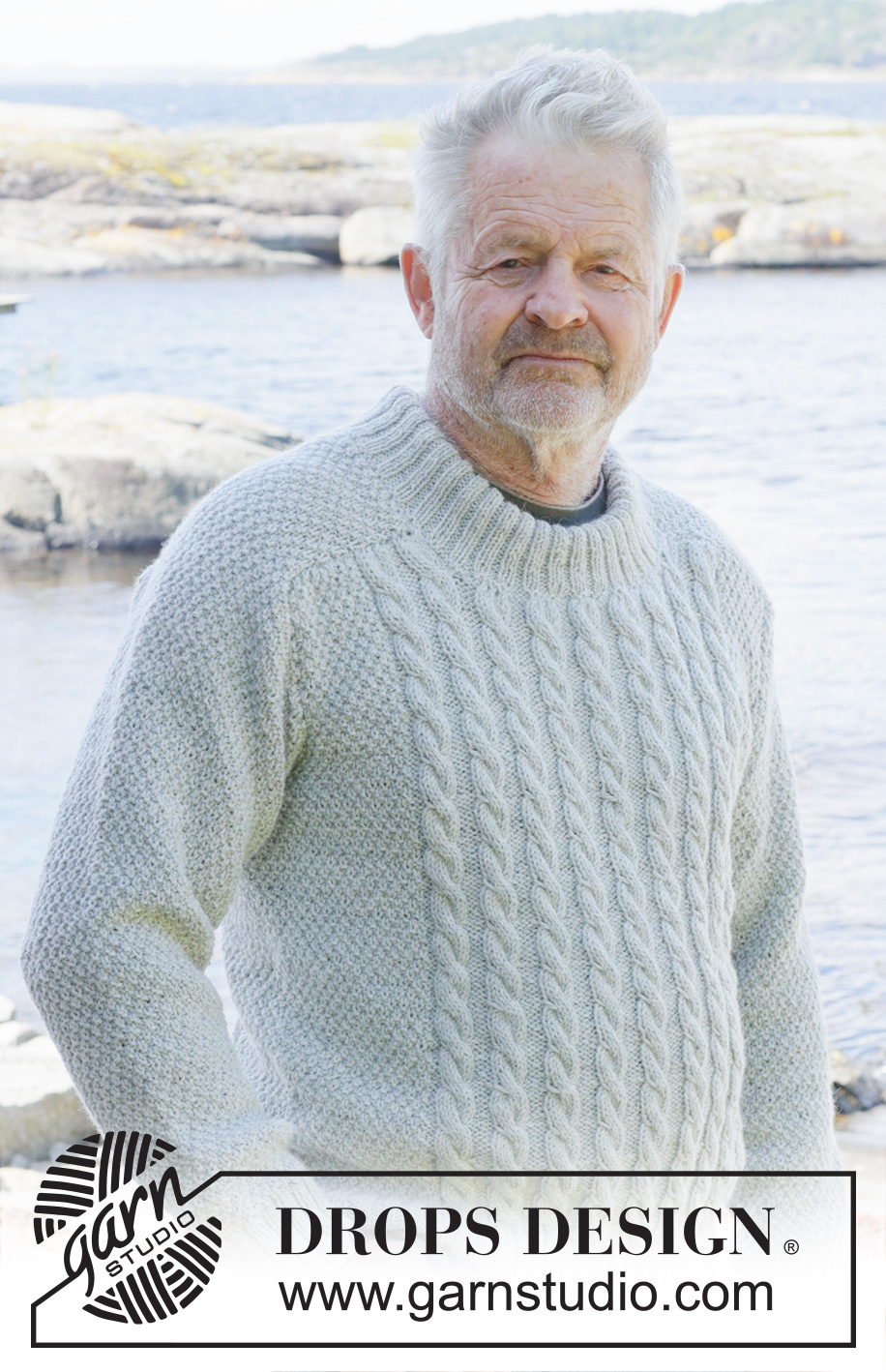
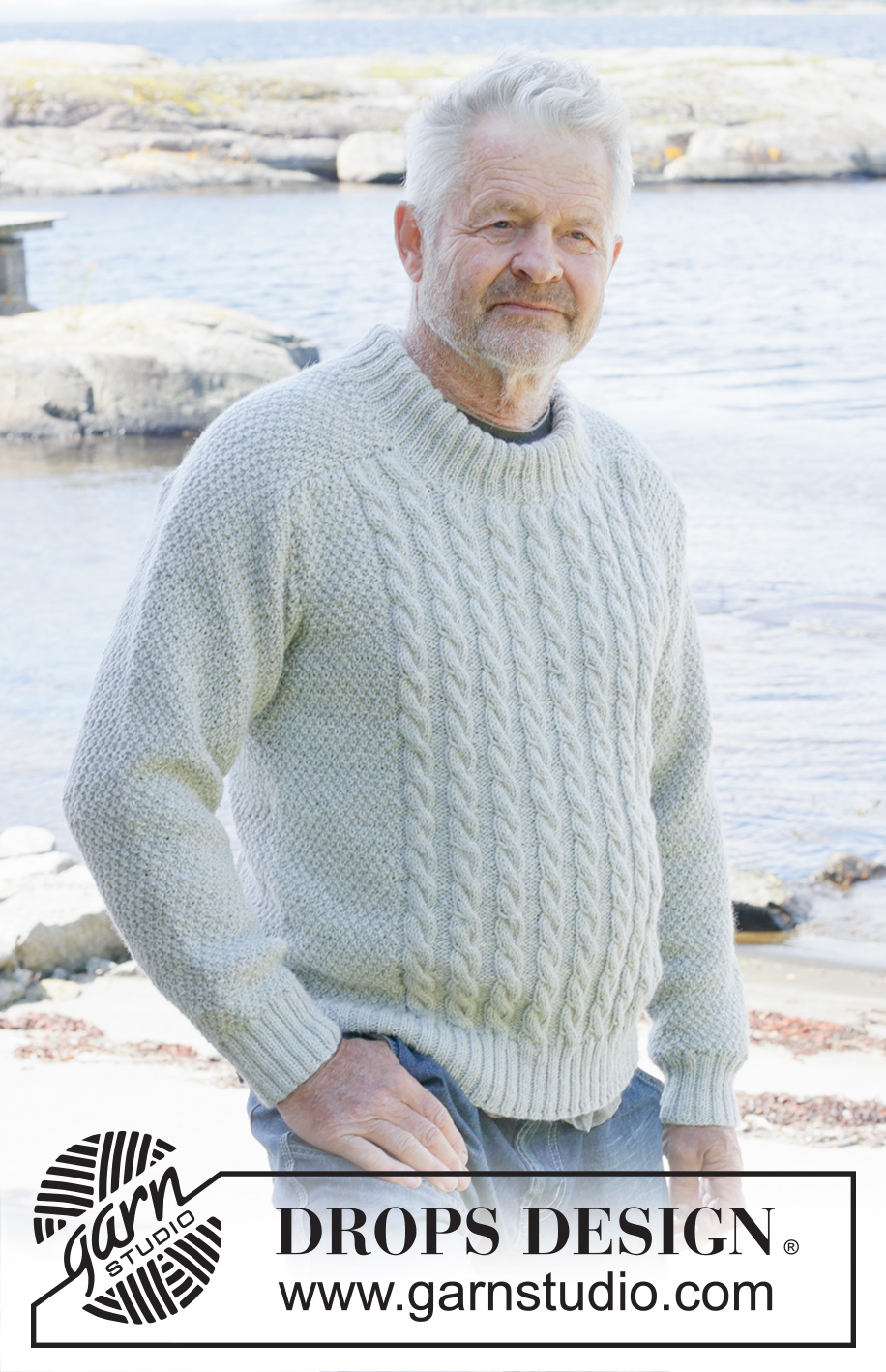
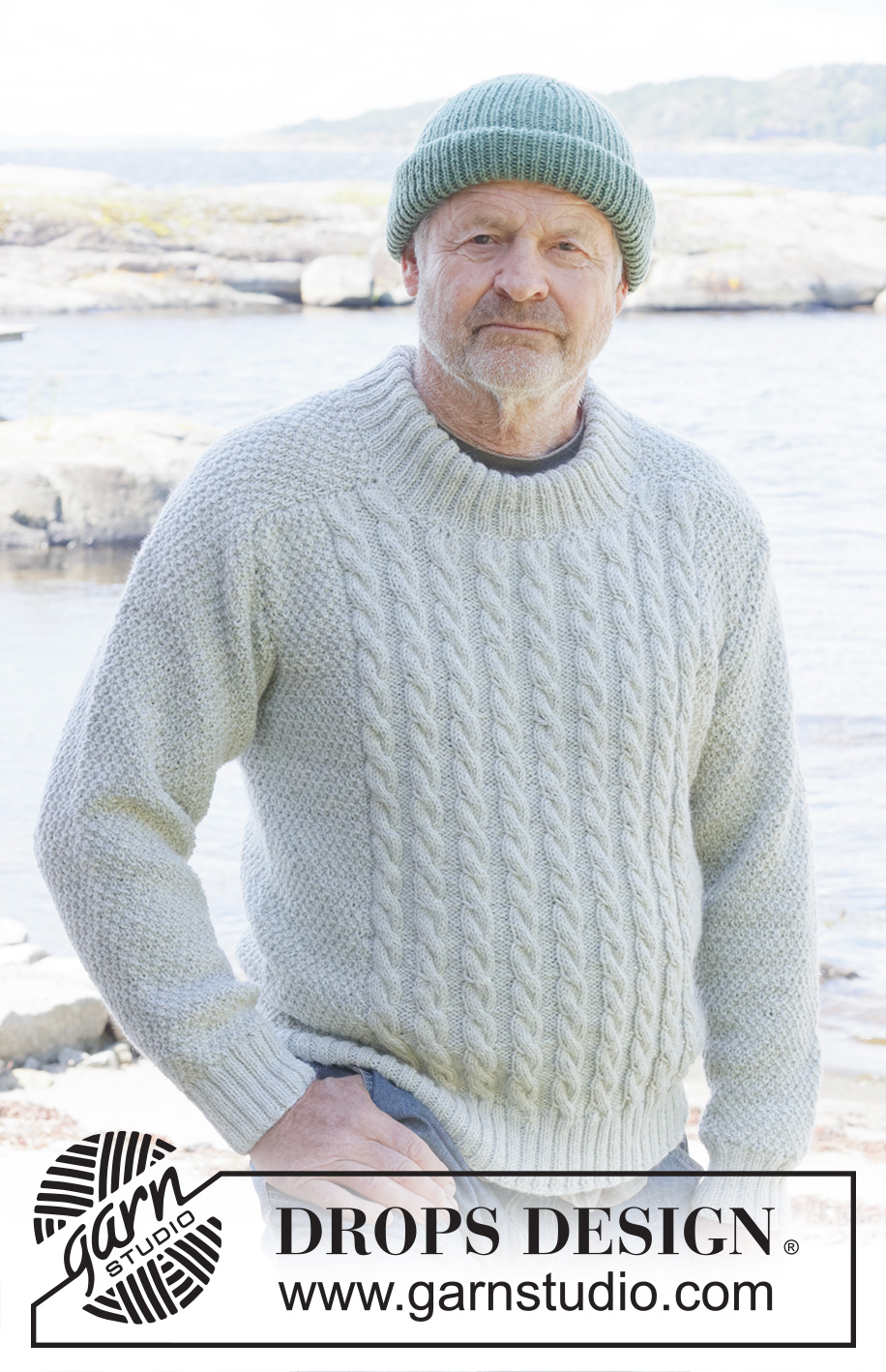

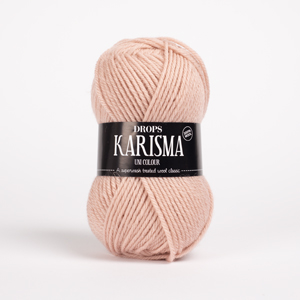


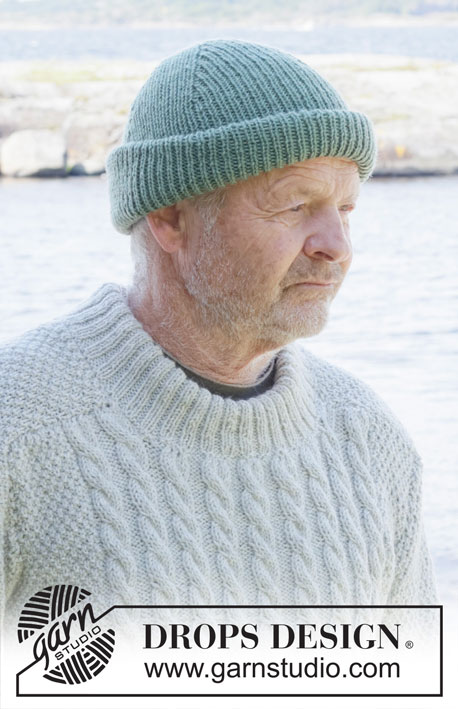

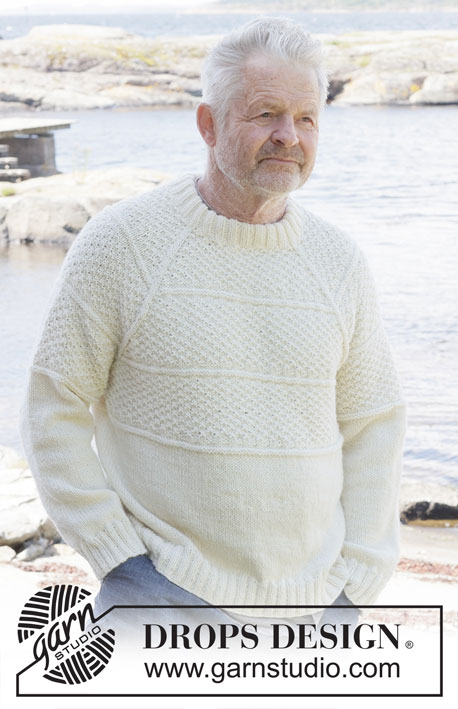

















































Post a comment to pattern DROPS 251-1
We would love to hear what you have to say about this pattern!
If you want to leave a question, please make sure you select the correct category in the form below, to speed up the answering process. Required fields are marked *.